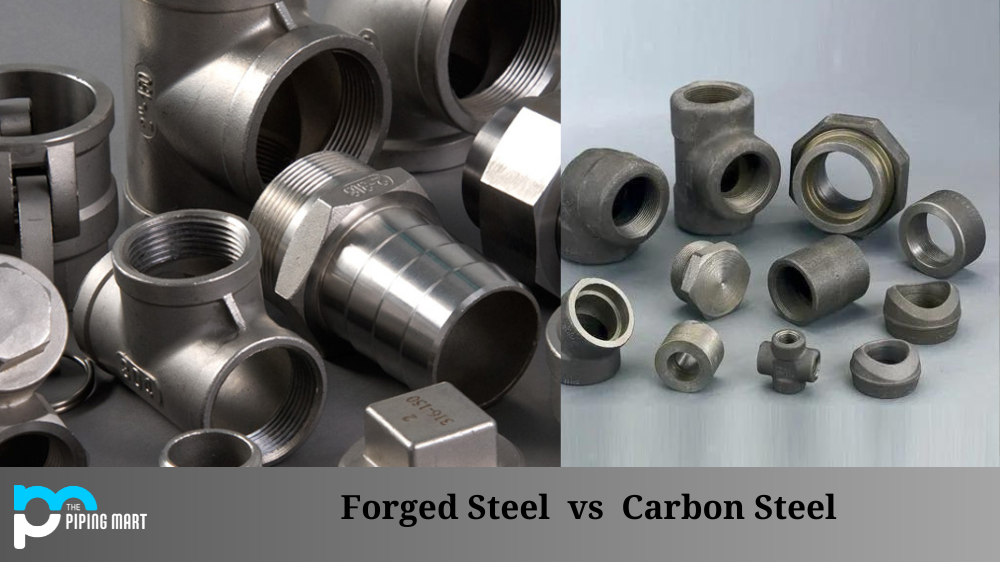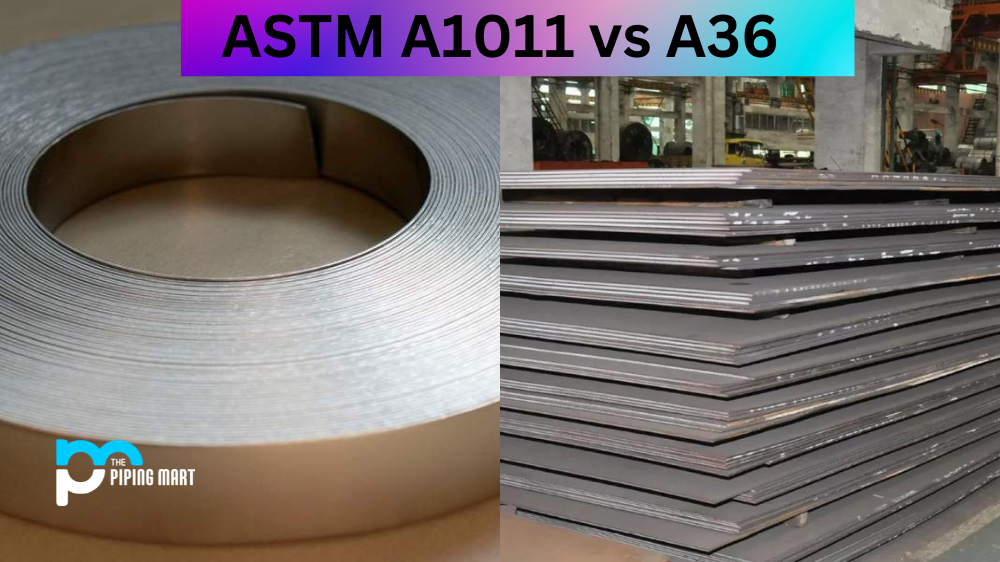When it comes to choosing the right alloy for your project, there are a lot of factors to consider. Two of the most popular options in this regard are the Incoloy 825 and the Inconel 625. Both alloys have their own unique properties that make them useful in various industries. Let’s explore what these two alloys have to offer.
Incoloy 825
Incoloy 825 is an iron-nickel-chromium alloy with molybdenum and copper added for increased corrosion resistance and strength. It is known for its excellent resistance to stress corrosion cracking, pitting, and crevice corrosion. This makes it a great choice for chemical processing applications and other high-temperature environments like oil refineries and power plants. It also has good weldability, making it easier to use in fabrication projects where welding is required.
Inconel 625
Inconel 625 is another nickel-based alloy that contains chromium, molybdenum, niobium, and iron. Like Incoloy 825, it has excellent resistance to corrosion and oxidation at high temperatures, making it suitable for use in applications such as aircraft engines, turbine blades, heat exchangers, valves, pumps, fasteners, and more. However, one thing that makes Inconel 625 stand out from other alloys is its exceptional fatigue strength—it can handle hundreds of thousands of cycles without any signs of wear or fatigue failure. Additionally, this alloy is extremely resistant to chloride stress-corrosion cracking due to its high levels of chromium content.
Incoloy 825 Vs Inconel 625
Composition
The two alloys are quite different in terms of composition. Incoloy 825 is an austenitic nickel-iron-chromium alloy that contains small amounts of molybdenum, copper, and titanium. Inconel 625, on the other hand, is a nickel-chromium-molybdenum alloy that contains small amounts of iron, manganese, and silicon.
Properties
The different composition of the two alloys leads to different properties. Incoloy 825 is known for its good corrosion resistance, especially in acidic environments. It is also resistant to pitting and crevice corrosion. Inconel 625, on the other hand, is known for its high strength and toughness. It is also resistant to oxidation and corrosion.
Applications
The different properties of the two alloys make them suitable for different applications. Incoloy 825 is commonly used in chemical processing, oil and gas production, and marine environments. Inconel 625 is commonly used in aerospace and power generation applications.
Cost
The cost of the two alloys also differs due to their different compositions. Incoloy 825 is typically more expensive than Inconel 625 due to the addition of molybdenum, copper, and titanium.
Availability
Incoloy 825 is more widely available than Inconel 625 as it has been on the market for longer. Inconel 625 is not as widely available as it is a newer alloy
Conclusion:
Whether you need an alloy for chemical processing or aerospace components manufacturing, Incoloy 825 or Inconel 625 can provide the perfect solution depending on your needs. Each alloy offers different advantages that make them ideal choices for specific applications – so make sure you do your research before deciding which one is right for your project! Incoloy 825 offers excellent weldability, while Inconel 625 offers superior fatigue strength – both perfect solutions depending on the job at hand!

A passionate metal industry expert and blogger. With over 5 years of experience in the field, Palak brings a wealth of knowledge and insight to her writing. Whether discussing the latest trends in the metal industry or sharing tips, she is dedicated to helping others succeed in the metal industry.




